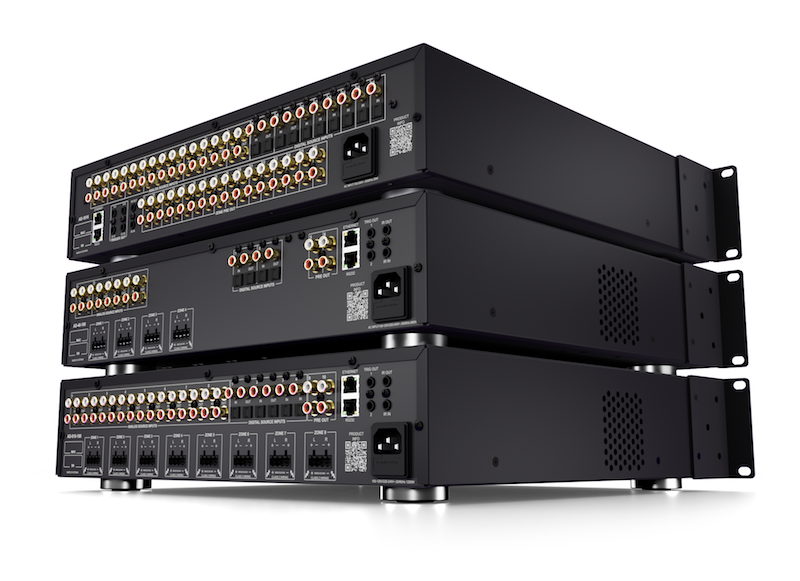Parks Associates smart home research finds high perceived prices remain a top barrier to smart home adoption, with providers and manufacturers working to bring lower priced products to market and discontinue specific premium products.
The firm’s Smart Home Tracker finds that 20.5 million, or 44 percent of consumers who do not own or intend to purchase a smart home device, report expensive prices as their reason to forgo adoption, followed by perceived lack of benefits and data and privacy concerns.
To overcome the cost barrier, Apple, for instance, is offering a smaller form factor for its HomePod, and Google is offering a new Nest thermostat with fewer features and a smaller price tag.
Related: Smart Homes Experience Rise in Long-Range, Low-Power Technology
Parks Associates Sees Multiple Strategies
“Perception of high prices is a key barrier to smart home device adoption, but it is also tied to the perception among non-owners that smart home devices do not offer any benefits to the lifestyle,” Patrice Samuels, senior analyst, Parks Associates. “Device manufacturers in the smart home market are evaluating multiple strategies to address the leading adoption barriers. Companies are betting that getting one device in the home, even as a loss leader, will convince consumers of the value of smart home devices and inspire future purchases. Our research indicates this is a sound strategy.”
Consumers Average Seven Smart Devices
Parks Associates notes that households that own at least one smart home device have an average of seven devices. Companies such as Eufy are offering lower priced models that retain most of the features of their higher-priced models, knowing there is a good chance that their customers will buy more products following this initial purchase.
The Smart Home Tracker, a quarterly service from Parks Associates, also finds that as new social distancing guidelines continue to impact schools and businesses, a number of tech giants – including Facebook and Google – are incorporating video conferencing solutions into their products and systems. The percentage of U.S. broadband households that report using video services is 54 percent higher than prior to the pandemic.
“One of the leading and overarching value propositions of smart home products is to improve convenience for users,” Samuels said. “Services like Zoom have become invaluable. Helping users to make video calls more conveniently increases the value of smart home devices in these times, and we expect to see additional integration around solutions like these.”









